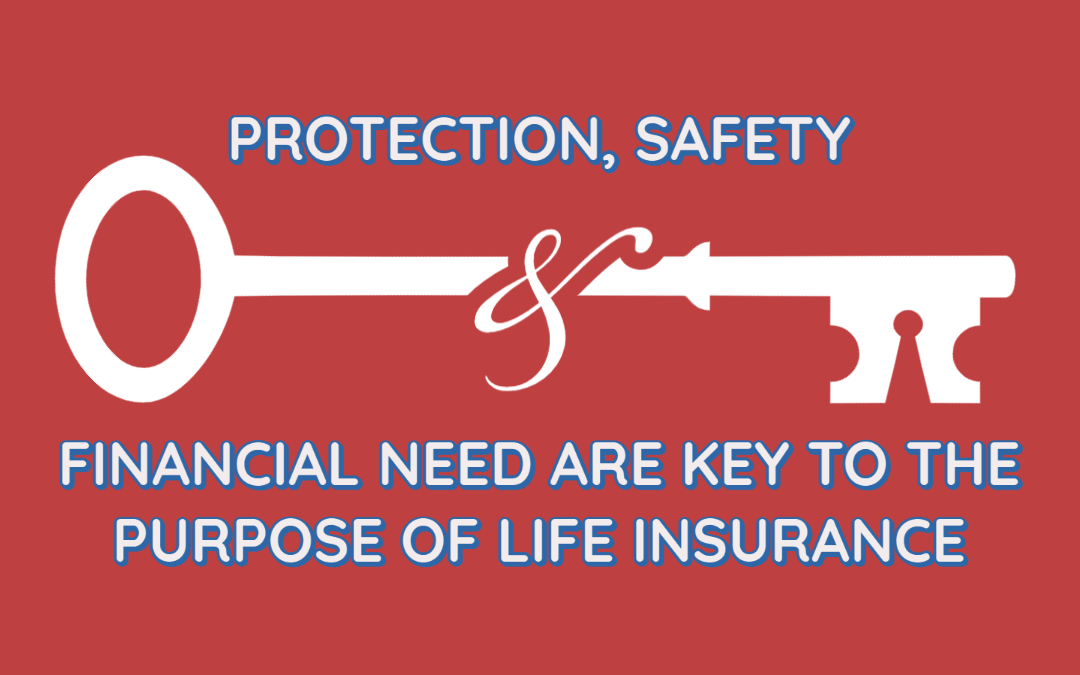Our Pacific Prime Statements
Our Pacific Prime Statements
Blog Article
Excitement About Pacific Prime
Table of ContentsThe smart Trick of Pacific Prime That Nobody is DiscussingNot known Facts About Pacific PrimeExamine This Report on Pacific PrimePacific Prime - The FactsUnknown Facts About Pacific Prime

This is due to the fact that the information were collected for a duration of solid economic performance. Of the estimated 42 million people that were without insurance, all but regarding 420,000 (concerning 1 percent) were under 65 years old, the age at which most Americans become eligible for Medicare; 32 million were adults in between ages 18 and 65, around 19 percent of all grownups in this age; and 10 million were kids under 18 years old, concerning 13.9 percent of all children (Mills, 2000).
These estimates of the variety of persons without insurance are generated from the yearly March Supplement to the Current Population Survey (CPS), carried out by the Demographics Bureau. Unless otherwise kept in mind, national price quotes of individuals without medical insurance and proportions of the populace with various type of protection are based upon the CPS, one of the most commonly utilized resource of price quotes of insurance policy protection and uninsurance prices.
Pacific Prime for Dummies

Still, the CPS is especially useful due to the fact that it generates annual estimates reasonably swiftly, reporting the previous year's insurance coverage estimates each September, and because it is the basis for a consistent collection of price quotes for greater than twenty years, allowing for analysis of trends in coverage over time. For these reasons, along with the extensive use the CPS in various other researches of insurance coverage that exist in this report, we count on CPS quotes, with restrictions noted.

The estimate of the variety of without insurance people increases when a population's insurance policy status is tracked for a number of years. Over a three-year duration beginning early in 1993, 72 million individuals, 29 percent of the U.S. https://www.cheaperseeker.com/u/pacificpr1me. populace, were without coverage for a minimum of one month. Within a single year (1994 ), 53 million individuals experienced at least a month without protection (Bennefield, 1998a)
6 out of every 10 uninsured adults are themselves employed. Working does enhance the probability that one and one's household members will certainly have insurance policy, it is not an assurance. Even participants of family members with two full-time breadwinner have practically a one-in-ten possibility of being without insurance (9.1 percent uninsured rate) (Hoffman and Pohl, 2000).
Unknown Facts About Pacific Prime
New immigrants represent a significant proportion of people without medical insurance. One evaluation has actually attributed a significant part of the recent growth in the dimension of the united state without insurance populace to immigrants that arrived in the country between 1994 and 1998 (Camarota and Edwards, 2000). Recent immigrants (those who pertained to the USA within the previous 4 years) do have a high rate of being without insurance (46 percent), yet they and their youngsters make up simply 6 percent of those without insurance policy across the country (Holahan et al., 2001).
The partnership in between medical insurance and access to care is well established, as documented later in this phase. Although the partnership in between medical insurance and health and wellness results is neither direct nor simple, you can look here a substantial professional and health solutions study literary works web links health insurance policy protection to improved access to care, much better high quality, and boosted individual and populace wellness standing.
Degrees of analysis for analyzing the results of uninsurance. This conversation of health insurance protection concentrates primarily on the united state populace under age 65 since basically all Americans 65 and older have Medicare or various other public protection. Furthermore, it concentrates especially on those with no medical insurance for any type of length of time.
Little Known Facts About Pacific Prime.
The problems faced by the underinsured remain in some areas comparable to those dealt with by the uninsured, although they are typically less severe. international travel insurance. Uninsurance and underinsurance, nonetheless, entail clearly various policy issues, and the strategies for resolving them might differ. Throughout this study and the 5 records to follow, the main emphasis is on persons without wellness insurance policy and therefore no help in paying for health care past what is readily available via charity and safeguard organizations
Health and wellness insurance coverage is an effective aspect impacting invoice of care because both people and doctors reply to the out-of-pocket price of services - https://hearthis.at/freddy-smith-k8/set/pacific-prime/. Medical insurance, nevertheless, is neither required nor sufficient to get to clinical solutions. The independent and direct result of health and wellness insurance protection on access to health solutions is well established.
Others will get the wellness treatment they need also without medical insurance, by spending for it out of pocket or seeking it from suppliers that provide treatment cost-free or at highly subsidized prices. For still others, medical insurance alone does not make certain receipt of care due to the fact that of other nonfinancial barriers, such as a lack of health care providers in their community, restricted access to transportation, illiteracy, or linguistic and social distinctions.
The Greatest Guide To Pacific Prime
Official research concerning uninsured populations in the USA dates to the late 1920s and very early 1930s when the Committee on the Expense of Medical Treatment generated a collection of records concerning financing physician office gos to and hospital stays. This concern came to be prominent as the numbers of medically indigent climbed up throughout the Great Depression.
Report this page